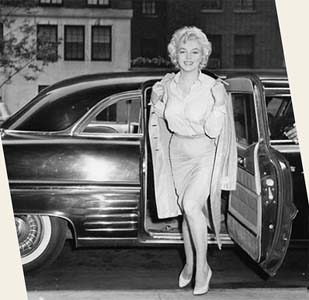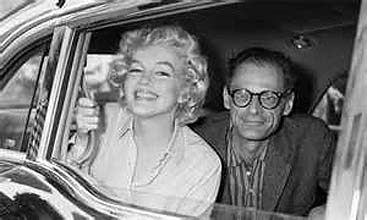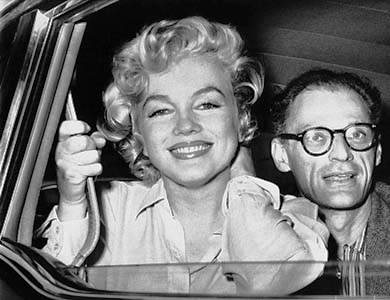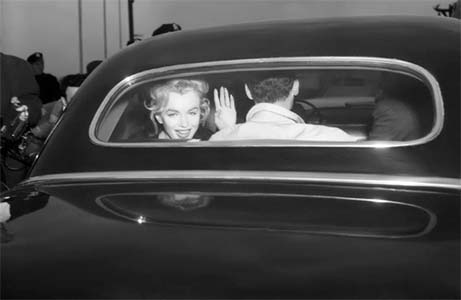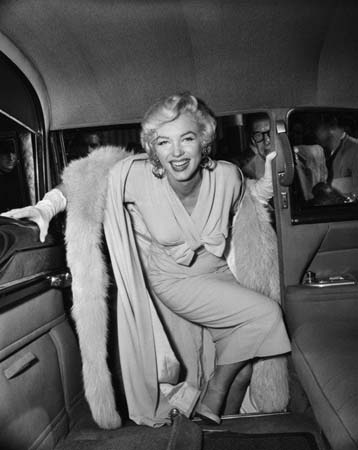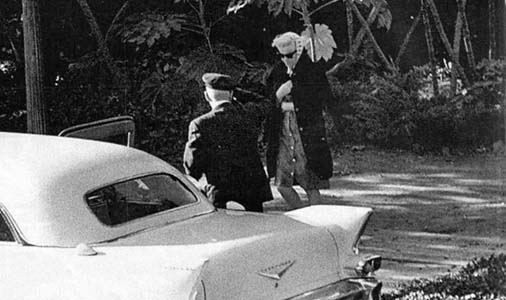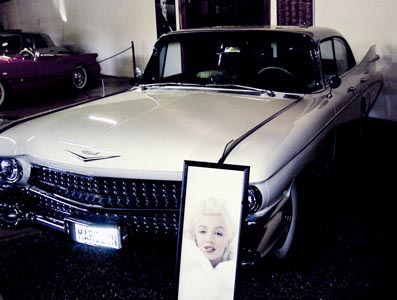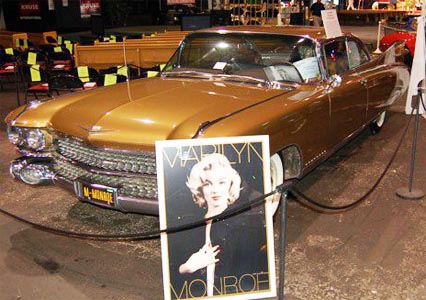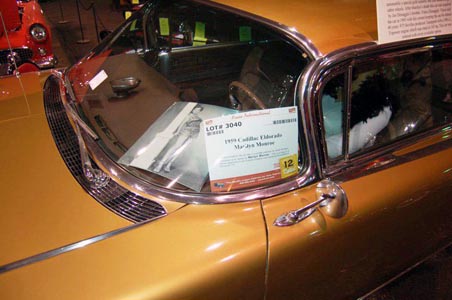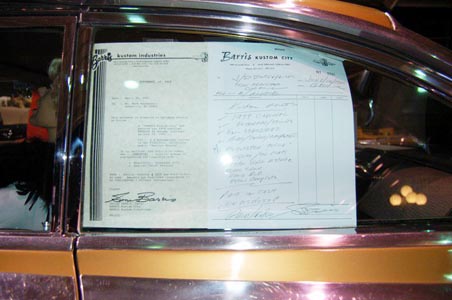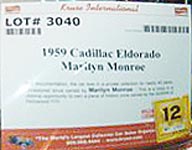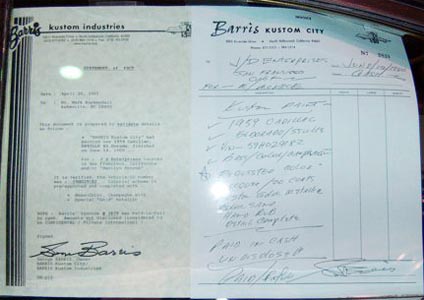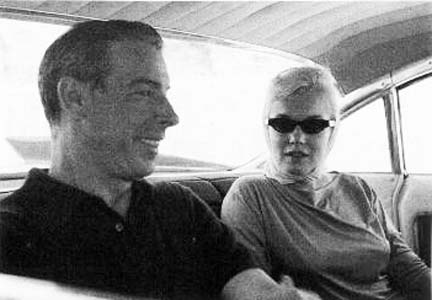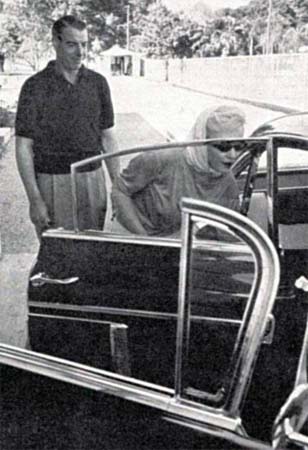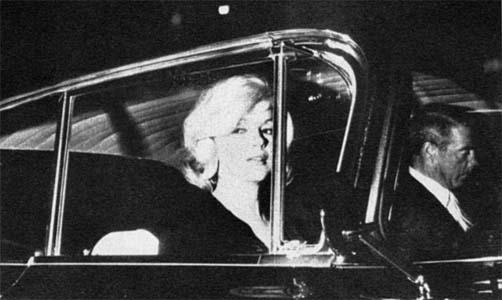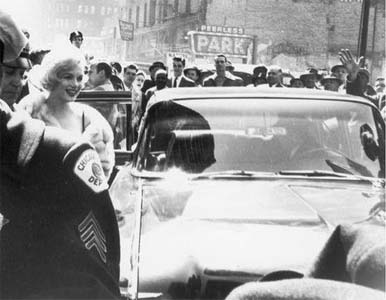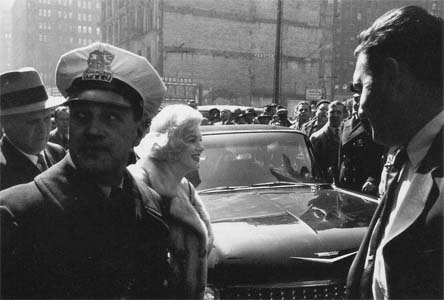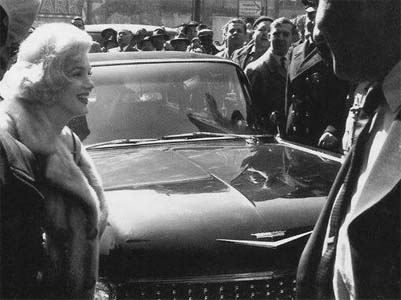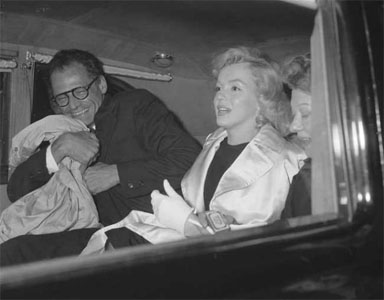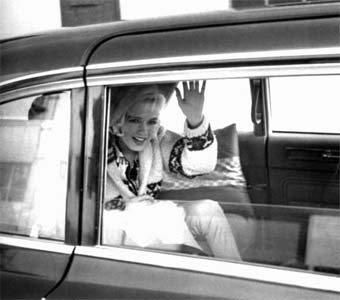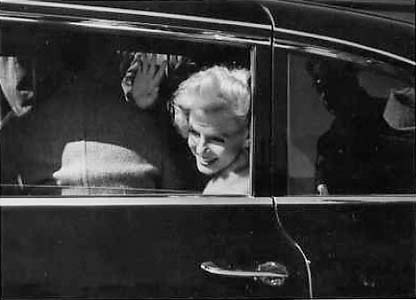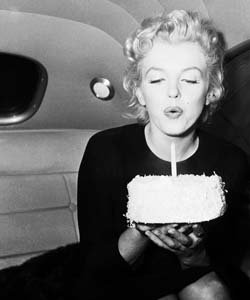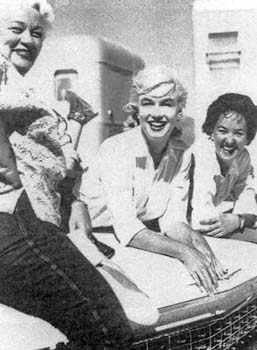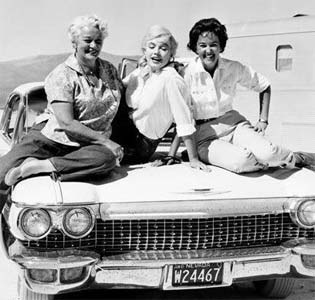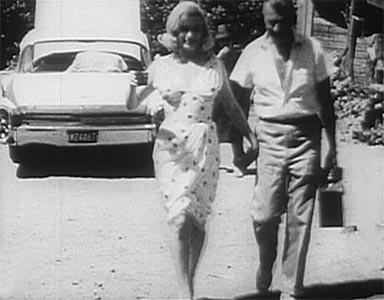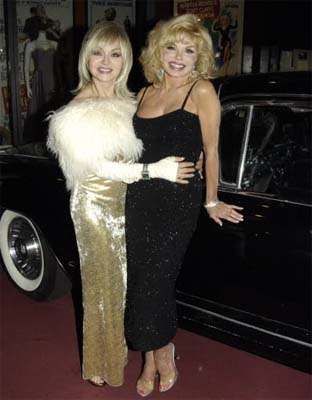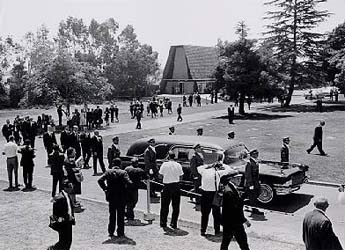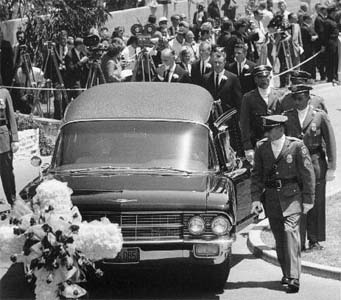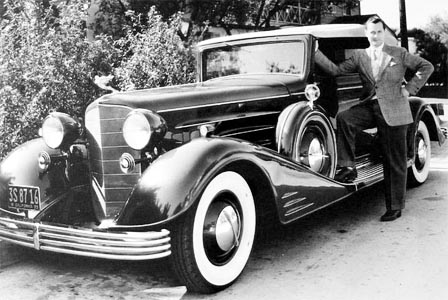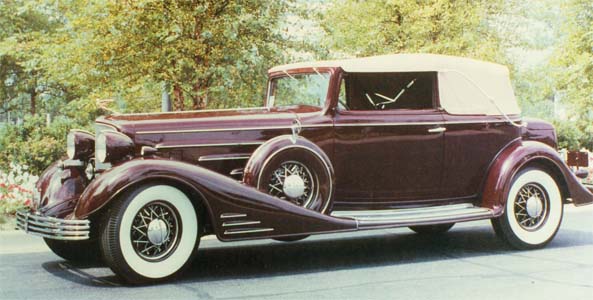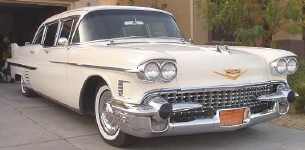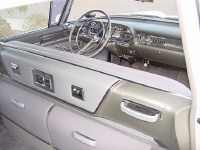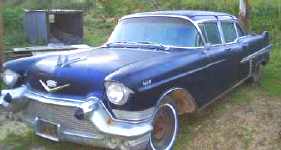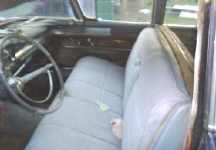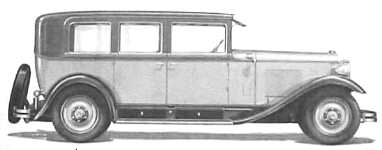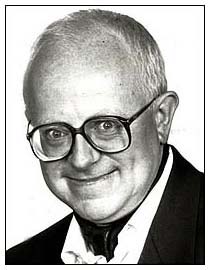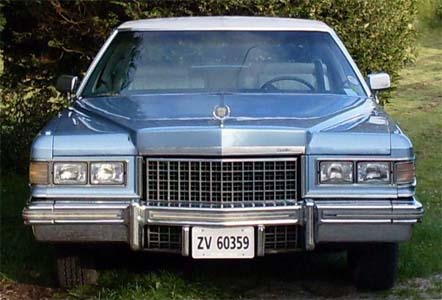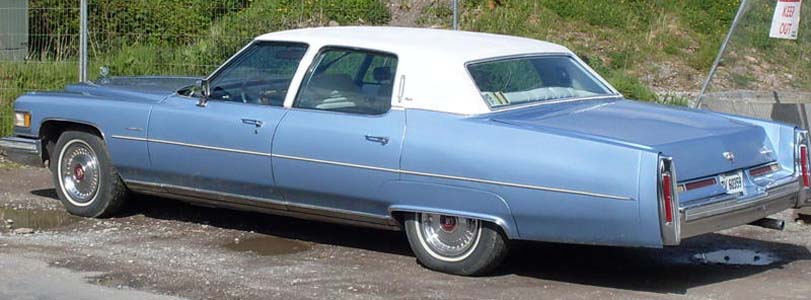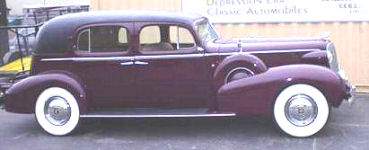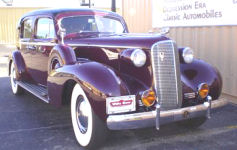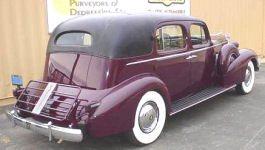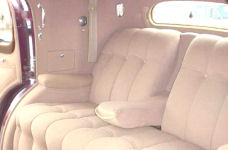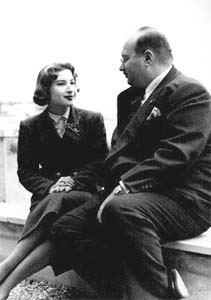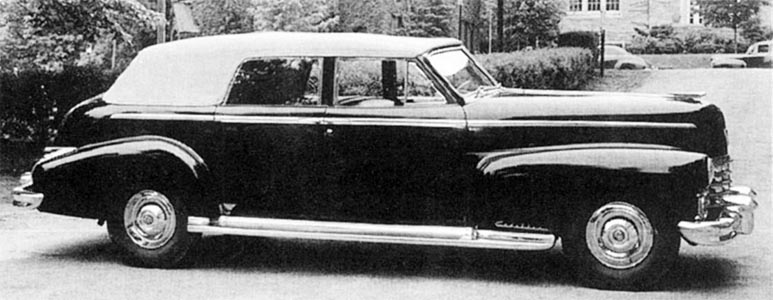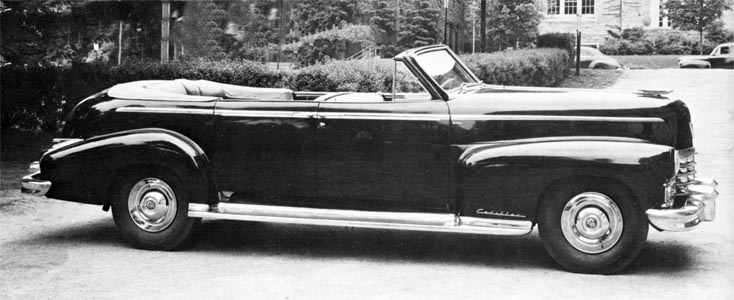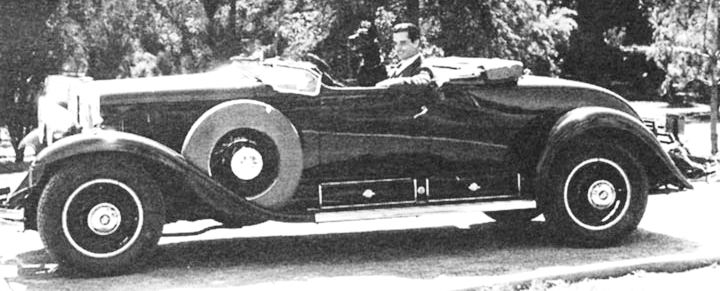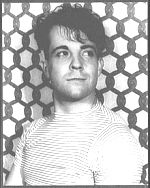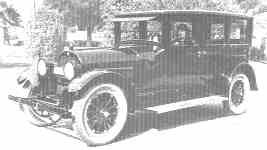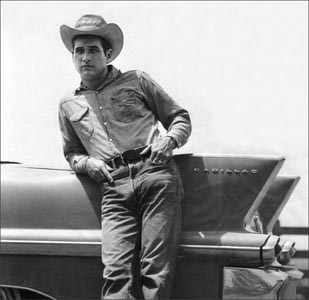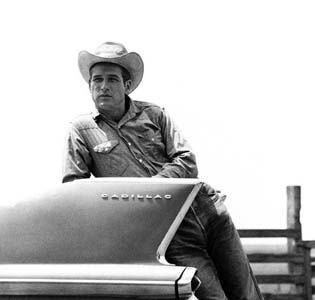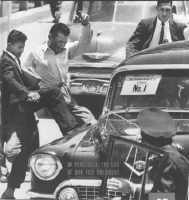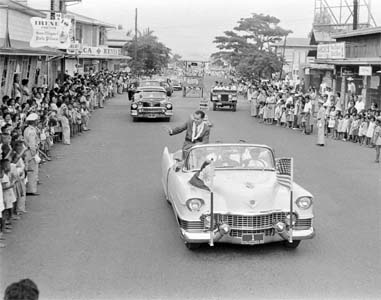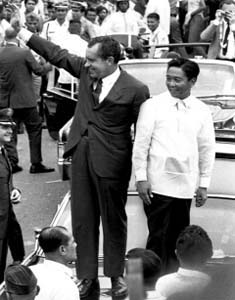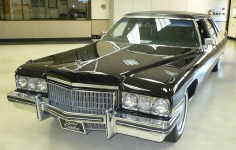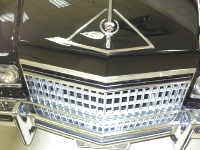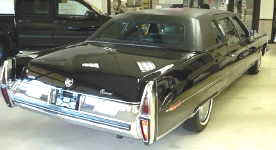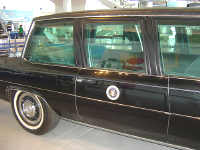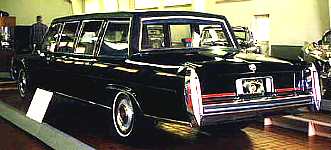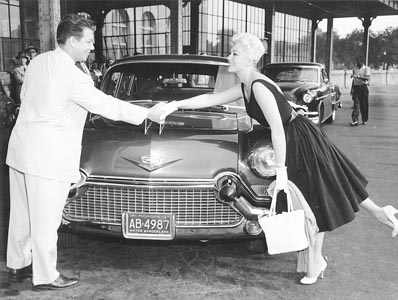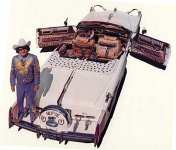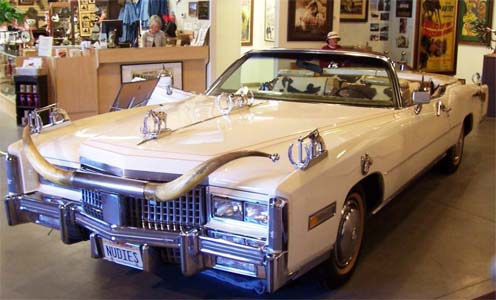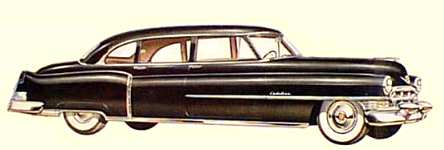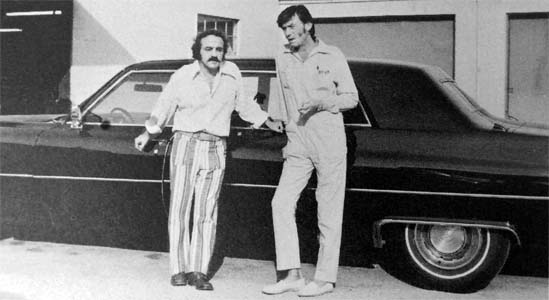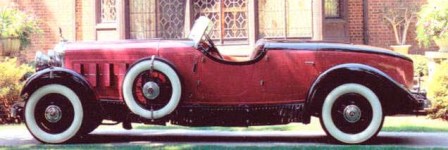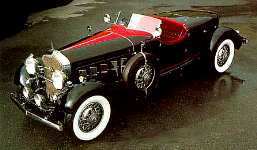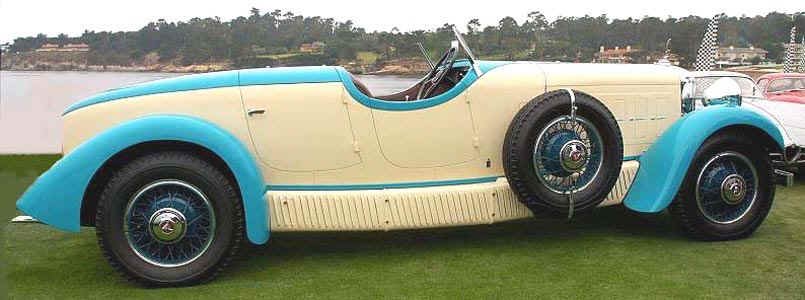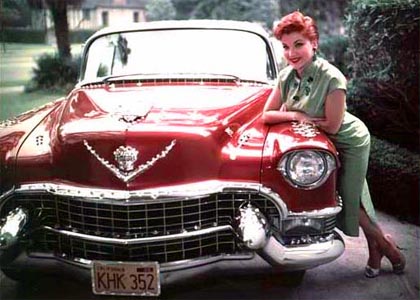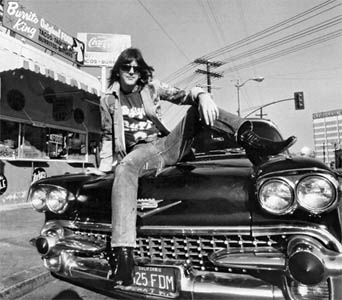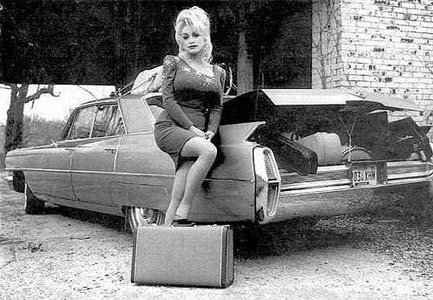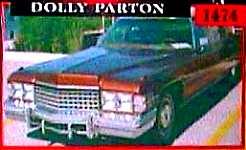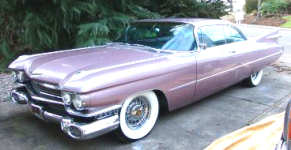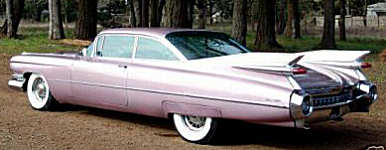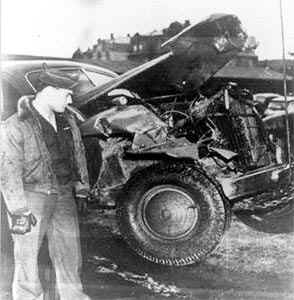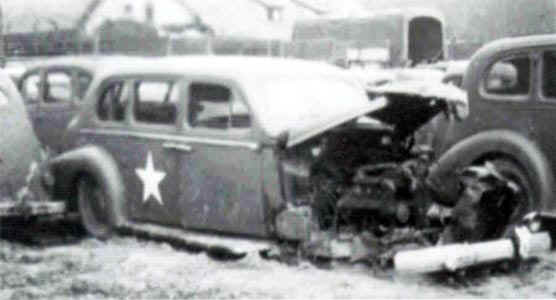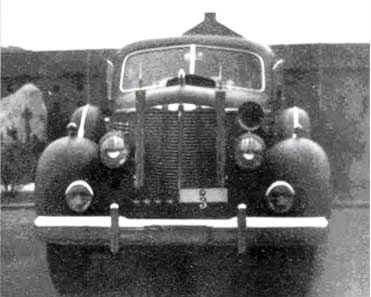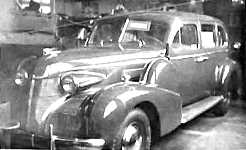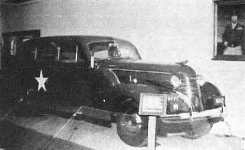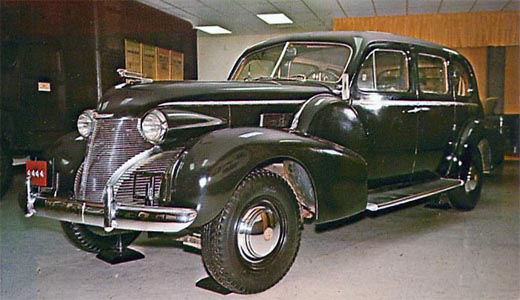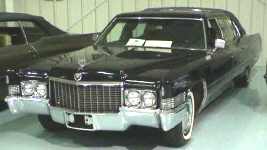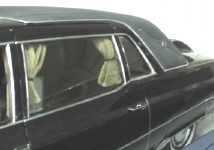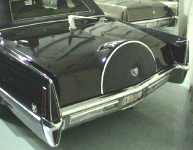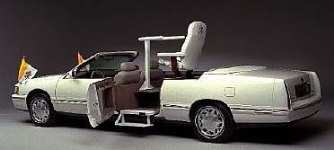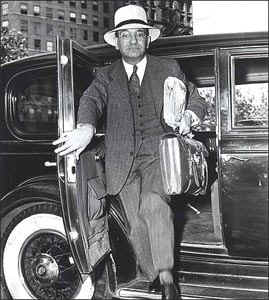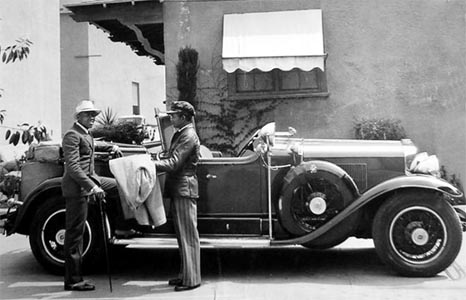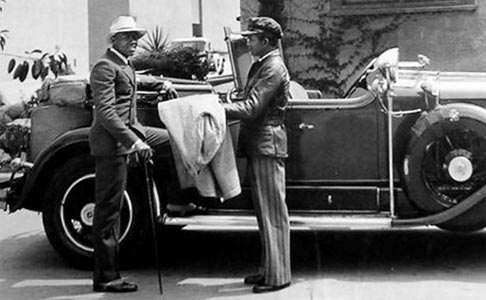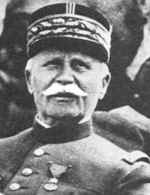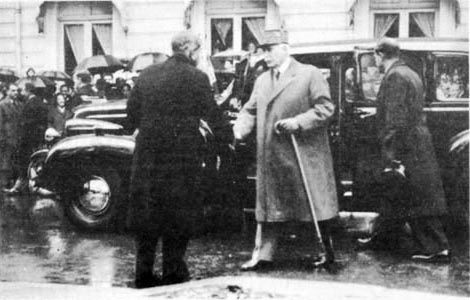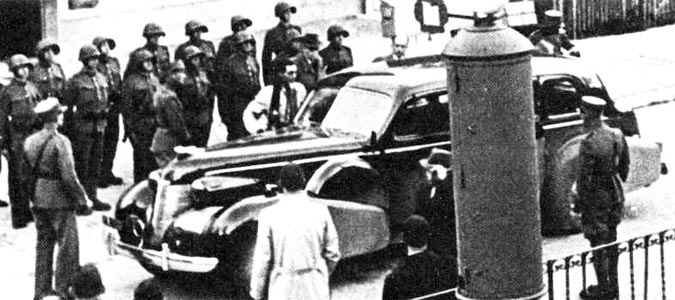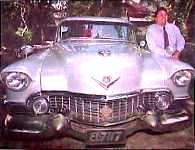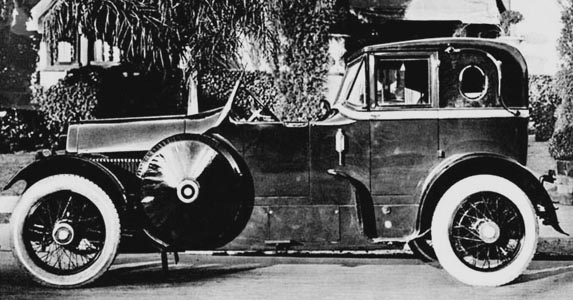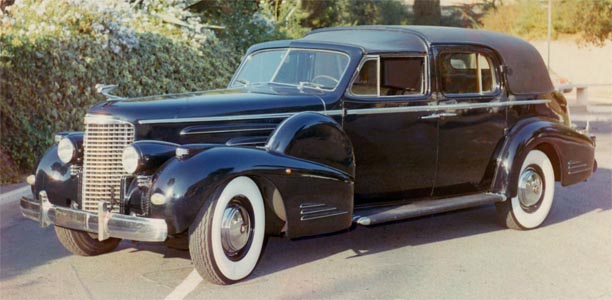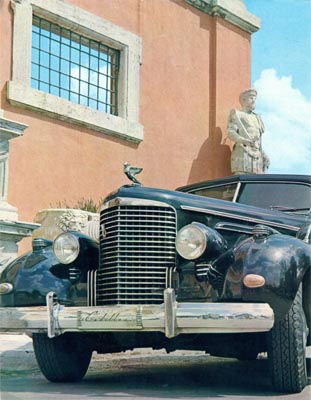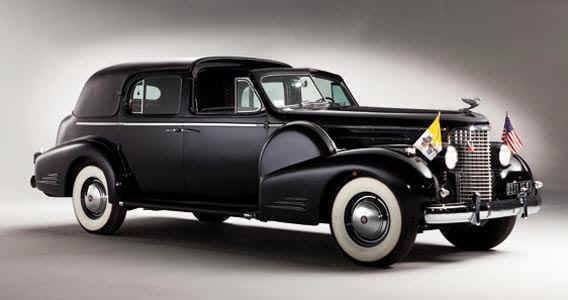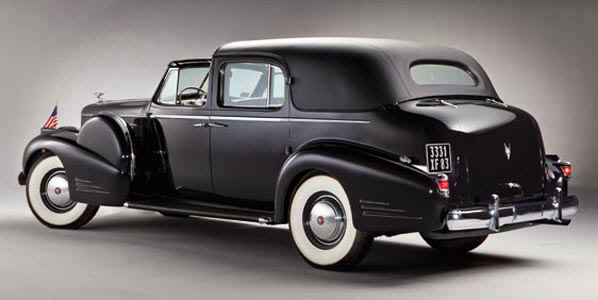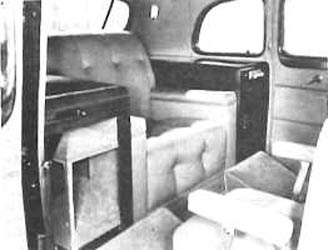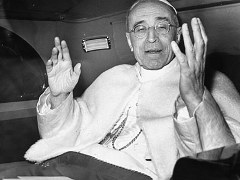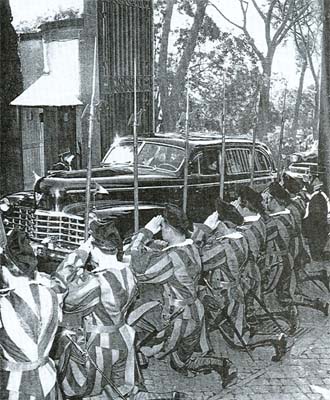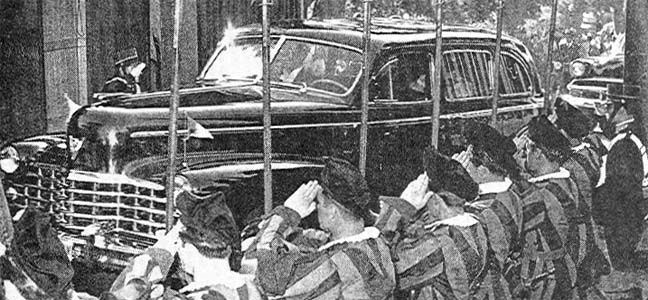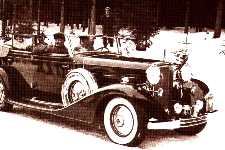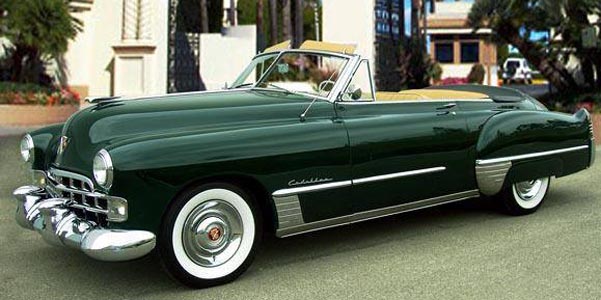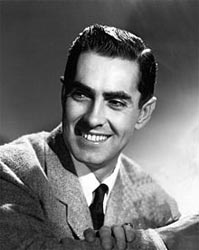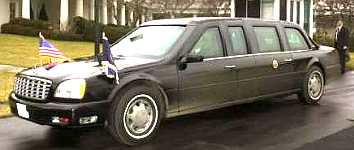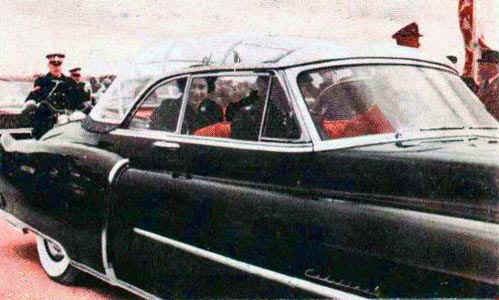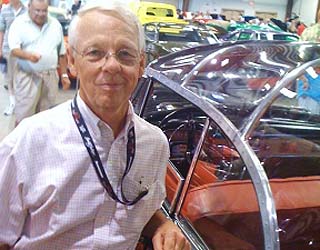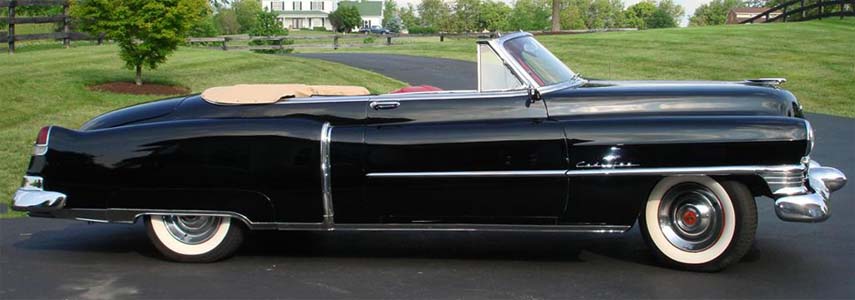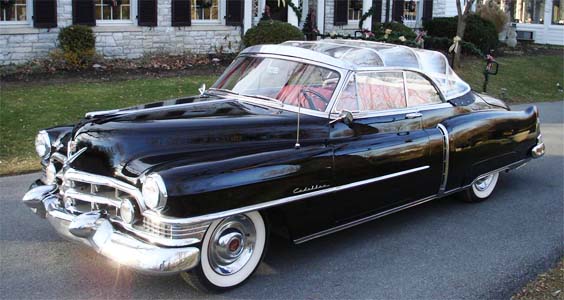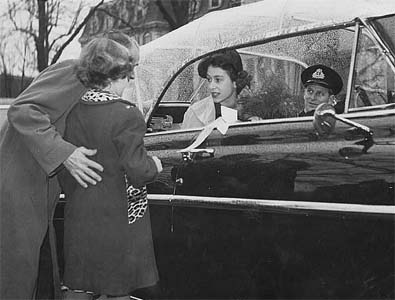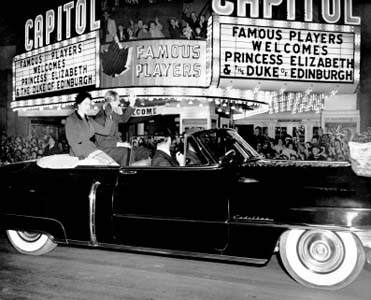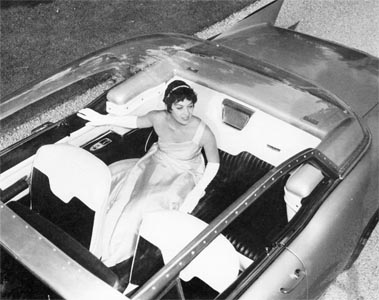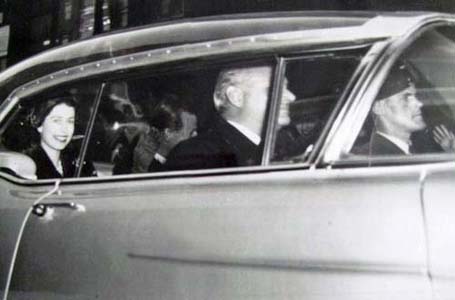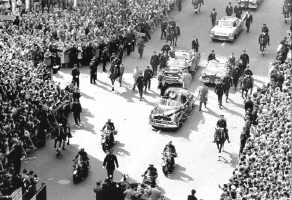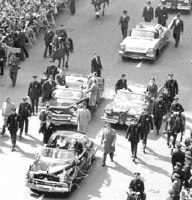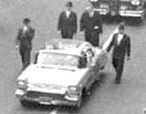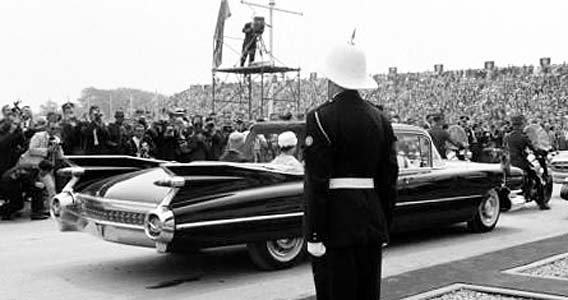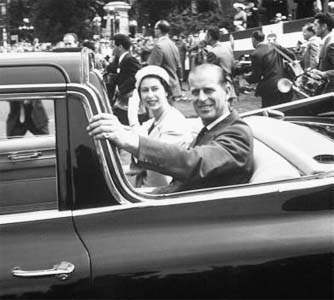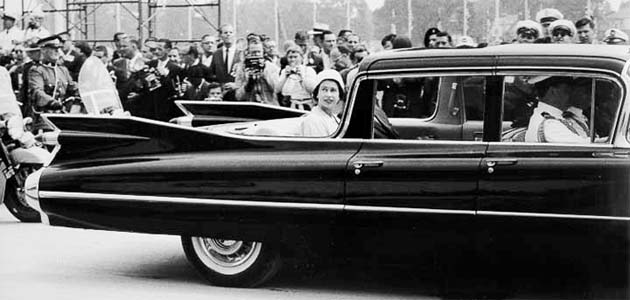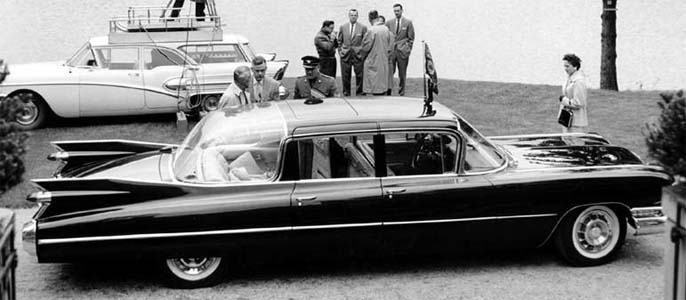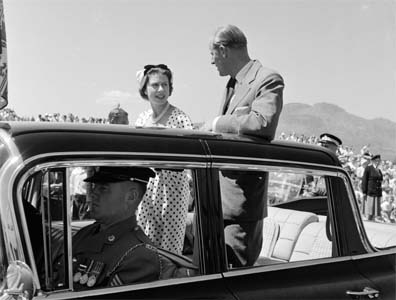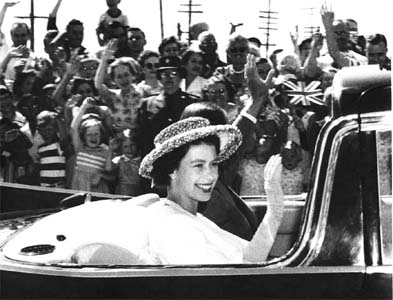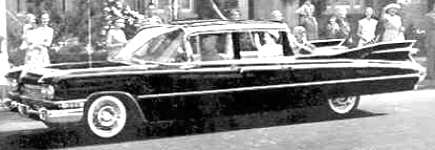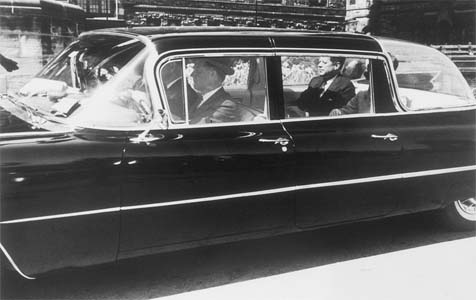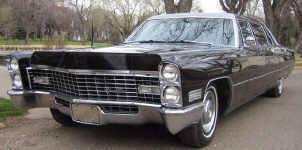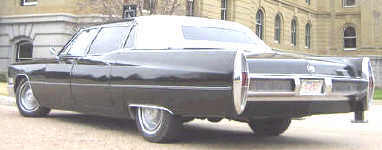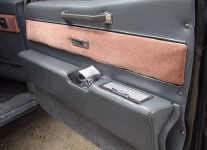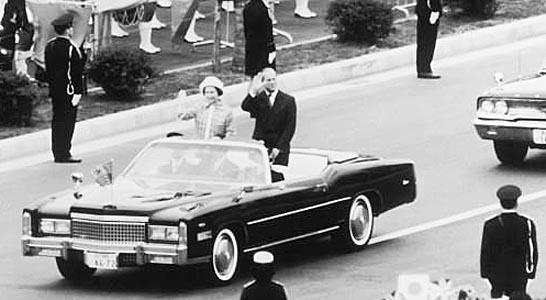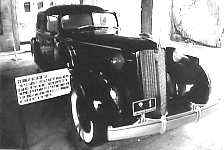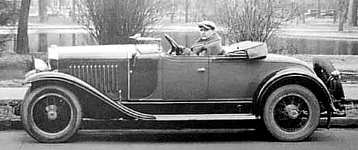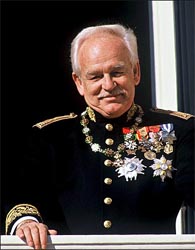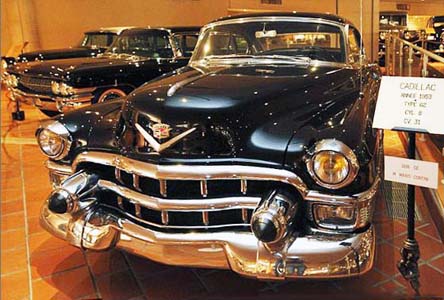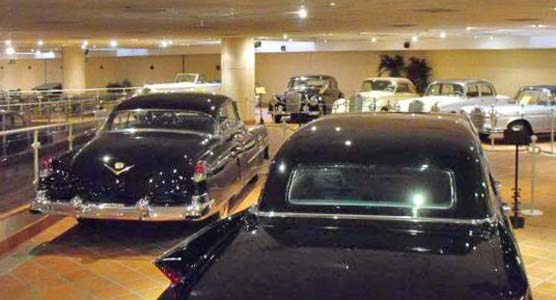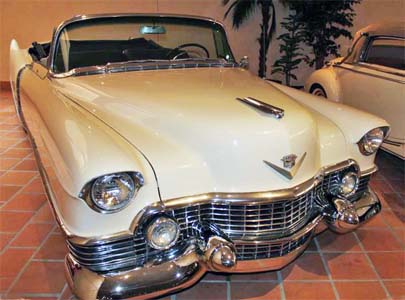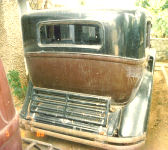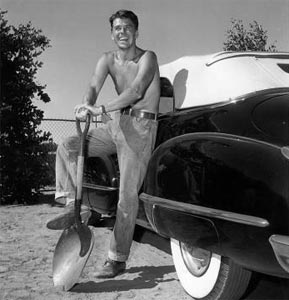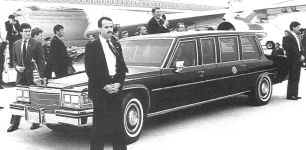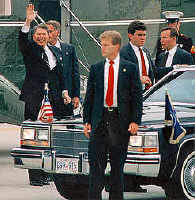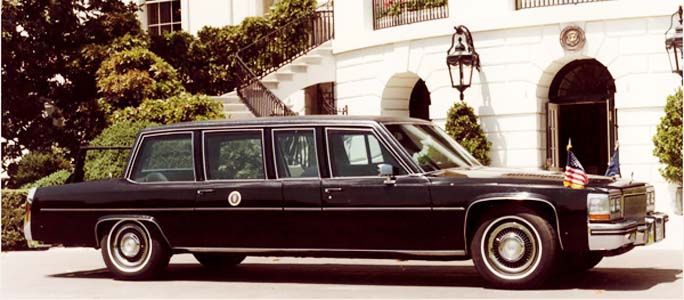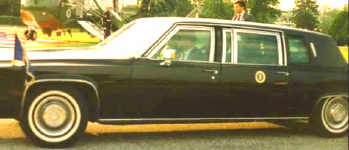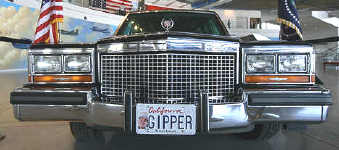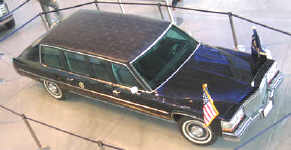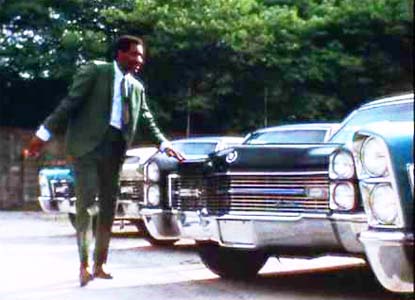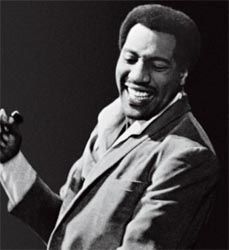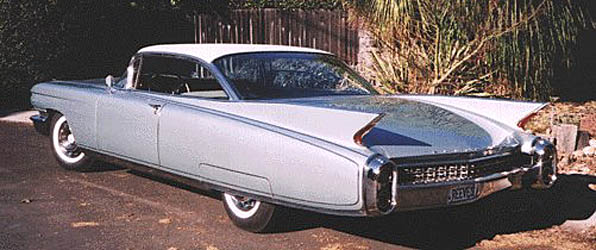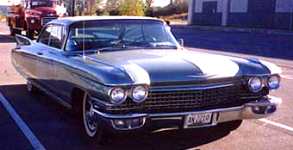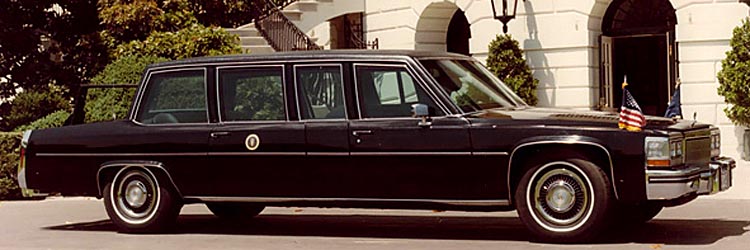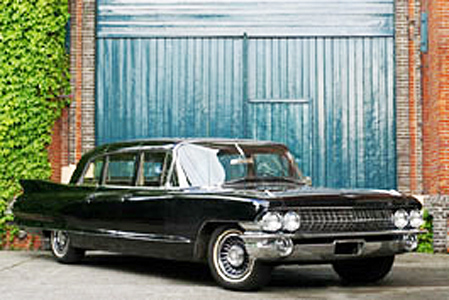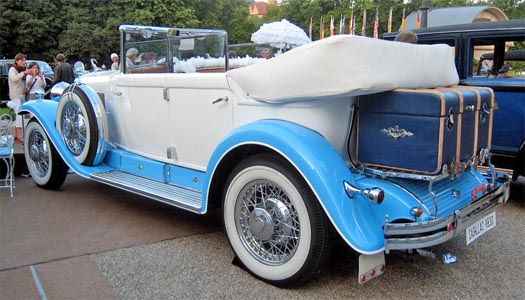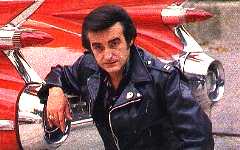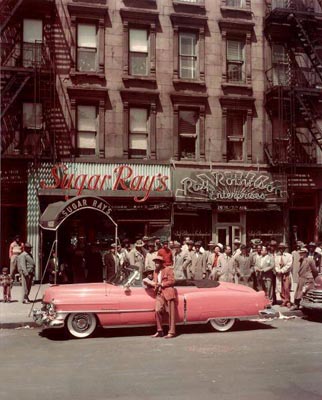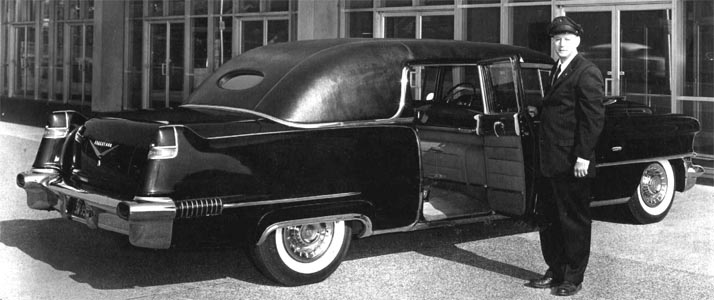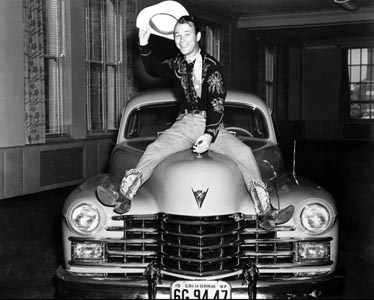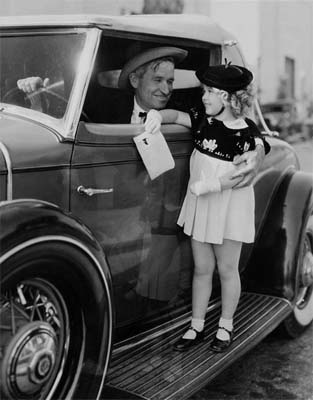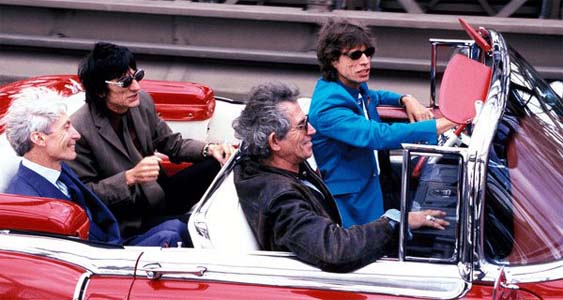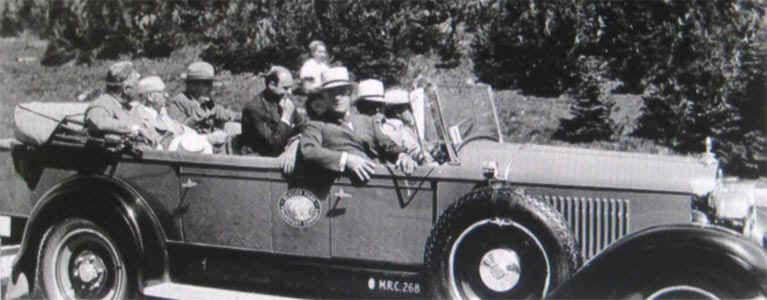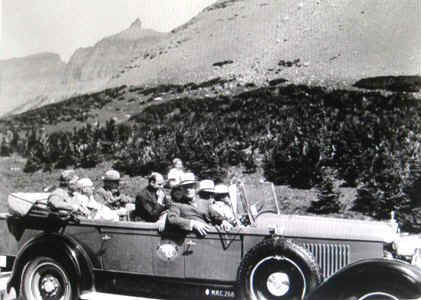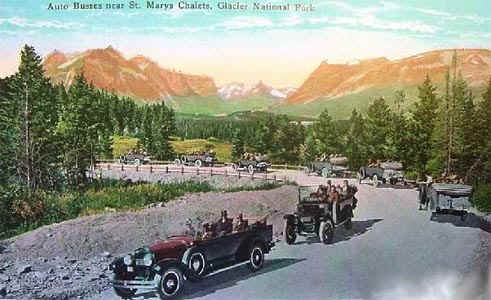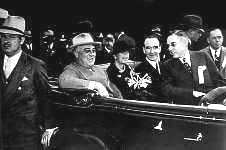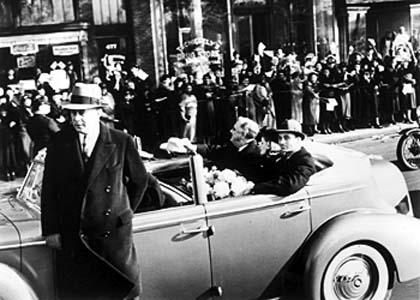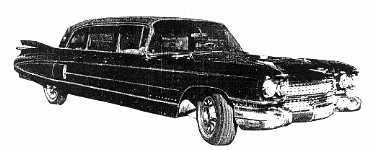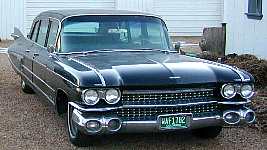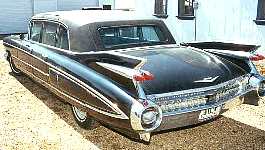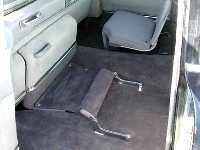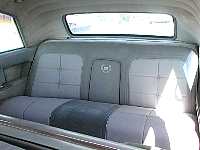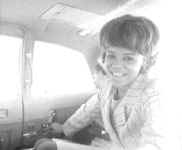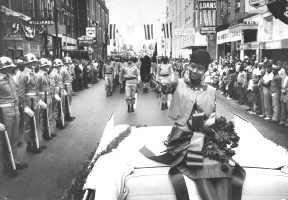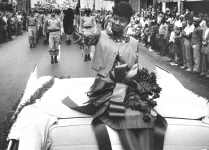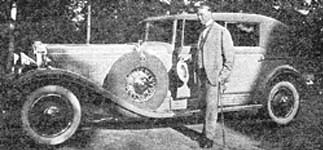The General
died on December 21, 1945 owing to complications resulting from a collision on December 9,
1945 when he was a passenger in a Cadillac similar to this one. It was near
Mannheim, in Germany, on the N-38, that it was struck in the right front end by
a 6x6 army truck that had veered sharply in front of it, following a moment of
inattention by its driver (the General's driver was PFC Horace L. Woodring - photo,
below). The General's neck was broken and he died, later, in hospital.
An article
about the tragic accident appeared in Torque (magazine of the Michigan Region
CCCA) in the issue for March-April, 1980. Some mystery surrounds the tragic
circumstances in which Patton lost his life; they are under investigation by
a writer acquaintance who will be publishing a book on the General.
Cadillac
enthusiast, W. Kline, wrote in December 2001 to inform me that a Cadillac reported
to be the one in which Patton suffered his fatal injuries was still on display at the Armory
Museum in Fort Knox, KY. However, there is a consensus among the experts that
the car shown there is really a 1939 Series 75, similar to the 1938 Patton
car, but not THAT car; the genuine "Patton car" is believed to have been
scrapped, in Germany, some time after the accident. This has been the conclusion of a
number of Cadillac enthusiasts, including Doug Houston Jr., who wrote a long
article about the Patton car in Torque (magazine of the Michigan region CCCA) in
the spring of 1980 and Matt Larson, acting as Cadillac Archivist for the GM Heritage
Center in 2006. Not everyone agrees with Doug or Matt, especially not Lawrence W.
Lee Jr. who wrote (in May, 2006):
You say that the car at the Patton Museum is not the actual car used by Patton
at the time of his death, which was scrapped soon after the accident. This is
obviously incorrect, as a simple contact to the Patton Museum would have revealed [of
course, Lawrence, it is in the interest of the Museum to have their patrons believe they
DO have the RIGHT car]. The car has excellent documentation [it would be
interesting if we could see it, Lawrence], and was shipped to the Museum in
1951, after having been used by the Chief of Constabulary Forces in Germany during the
U.S. occupation. According to documents I have previously received from the Patton Museum,
a 1939 Series 75 car was located to use for spare parts. The
General's car had all body parts from the firewall forward replaced, using parts from the
1939 donor car. Two sections of the front grille were missing, and replacements were
hand-made by a local craftsman who did not know they should be in the vertical position.
In a 1982 examination of the car, two data plates were found - one from 1938
[possibly the ORIGINAL body tag?], the other from 1939 (the 1939 plate is in
French). According to Col. Thomas Hauss, who was an Ordnance Officer for
General I.D. White (the last Chief of Constabulary to use the car during the occupation),
the car's engine and transmission were replaced with units from an M24 tank [Doug
interviewed Lt. Col. Hauss in the eighties and believes he has since passed on].
Well, Lawrence, Doug, Matt, in French we say: de la discussion jaillit la
lumière (i.e. discussion will cast light on the issue). That's why I
asked Doug and Matt for their views on Lawrence's comments. Doug replied (in May,
2006) that he was of the opinion that somebody may have made up (new?) "documentation" in an
attempt to "authenticate" the car as THE Patton car. He restated that an
army PFC by the name of Woodring, who was in Germany at the time and was close to
the car, had assured him that the Museum car was NOT the one in which the General was
injured. Doug had also interviewed Lt. Col. Tom Hauss [mentioned by Lawrence] many years
ago, on army business [Doug believes Hauss has since passed on2]. According to Doug, Lawrence would
have done well to talk to Woody; unfortunately, it was about a year too late, as Woody too
had passed on. Again in Doug's opinion, it is obviously in the interest of the
Patton museum to stick to its story, especially now that all the main actors in the drama
have passed on. As for Matt, while acting as the Cadillac Archivist at the GM Heritage
Center in 2006, he prepared a five-page report from which it transpires that the museum
car definitely is NOT the car in which the general suffered that fatal injury. It would
not be practical to reproduce Matt's findings here in extenso; however, should
any reader wish to read the full the report, I am sure Matt would have no objection to my
providing you with a copy as an Email attachment. You may request such a copy here:

1 Late Extra (March,
2008): The interesting
article below was provided kindly by the Potomac Region CLC; it was published in their monthly
(prize-winning) Newsletter. It appears to corroborate some of the assertions made by Mr.
Lee, in 2006. It appears that the rear portion of the car (from the firewall back) is the
authentic Patton automobile, while the front portion was rebuilt from a 1939 Cadillac
model. There certainly is room for more debate on the issue.
THE PATTON CADILLAC - STORY BY CHARLES LEMONS
PHOTOS BY CANDACE FULLER AND CHARLES LEMONS
Special thanks to Candace Fuller, Librarian, and
Charles Lemons, Curator, at the Patton Museum.
This story would not have been possible without their consent and cooperation.
The
“Patton” Cadillac is a 1938 Cadillac Series 75, 7-passenger Imperial Sedan
manufactured by the General Motors Corporation in Detroit, Michigan. It was, most
certainly, one of eighty-four CKD (complete knocked down) Cadillac Imperial Sedans that
had been exported from the United States in
late 1937 and into early 1938 1.
The following conjectures are based on current information available and a
photographic inspection of the vehicle, the surviving pictures having been taken from late
spring into the winter of 1945.
The automobile
was most probably exported to Europe in 1937, with its final destination being Germany. Before final delivery, the Cadillac
was brought up to German specifications by the addition of large driving lights, flipper
type turn signals, and a back-up light at the rear of the car. It had already been fitted
with a European speedometer, which was installed at the factory as part of the European
export package2.
The vehicle
may have been purchased by the German Government and used by high or mid-level political
or military entities.
Whatever its
original use may have been, the car was captured near the town of Chartres France around the 18th of
August 1944. Brigadier General William Birdsong (USA Ret)
noted in a letter to the Patton Museum that his unit, 3rd Battalion, 11th Infantry
Regiment, had "captured a Cadillac limousine from the Germans…" on August
17th or 18th 1944, and that he
"…had sent the car to 11th Infantry headquarters…" A letter dated
August 21, 1944 from General Patton to Major General Leroy Irwin, 5th Infantry Division,
explains it all.
"Dear
Red, You were very generous indeed to send me the lovely automobile captured by the Third
Battalion, 11th Infantry Regiment under Major Birdsong. Please express to him and Colonel
Yuill my appreciation. It will take a car as fast as that to catch up to you, which I hope
to do shortly." MG Irwin sent his
own letter down to Major Birdsong on August 23rd, mentioning
"…a gift of a Cadillac car captured by your battalion, the 3rd of the 11th, at Chartres…."
That is the
last we know of the automobile until the end of the war. After the war in Europe ended, the Cadillac Series 75
Imperial Sedan was photographed at Third Army Headquarters at
Bad Nauheim. It had been repainted in olive drab with white stars on the rear doors, and
had a set of air horns (a Patton signature) attached to the driver's side of the hood
upright. A pair of flag posts was attached to either side of the center grille, and a
license plate for the Third Army was attached on the front bumper. It retained the flipper
type turn signals and the European driving lights, as well as having had cats-eye lights
mounted on the tops of the front fenders. When General Patton was given command of the
Fifteenth Army, he was taken to his new headquarters by train, while his car was driven to
the new post.3 After its
arrival, it was repainted and remarked for the Fifteenth Army.
Inspection of
the accident photograph to the left reveals the 1) presence of European/German turn
signals 2) remnants of large driving/fog lights above front bumper 3) presence of small
parking lights on both front fenders, 4) remnants of flag holders lying in engine
compartment, 5) presence of dual air horns on driver's side of lower hood, and 6) unit
marking partially visible on driver's side front fender "HQ-1". Photograph to the right shows Horace “Woody” Woodring, the
driver, looking at the car after the accident.
On December 9,
1945, the automobile was involved in an accident - one that ultimately resulted in the
death of General Patton – with an Army 2½-ton truck in Mannheim,Germany.
Photographs
taken after the accident show the extent of the damage, as well as also reveal the
features matching the photograph taken at Third Army Headquarters (see page 2). Present in
the photograph are the remnants of the European style fog lights, as well as one of the
two flag staff carriers which had been attached to the grille. The cats-eye light on one
fender is still intact, and the flipper type turn signals are clearly visible. The real
identifier for the car is the twin air horns attached to the driver's side of the hood
support. The remaining pieces of the grille and the general makeup of the vehicle clearly
identify it as a 1938 Cadillac Series 75 limousine and the side shots identify it as a
7-passenger Imperial Sedan.
A later
photograph [below] of the car shows it setting amongst several other vehicles with its
fenders and front axle removed. It may be that it had been relegated to the bone yard, but
for some reason it was later rebuilt.
Since the
sheet metal of the front end had been badly damaged, it was rebuilt using the sheet metal
from a 1939 Cadillac Series 75 limousine. That particular donor car had been exported to Belgium in November of 1938 as a CKD
(complete knock down) and then assembled by General Motors of France. It too came into American hands, but
apparently became so badly damaged as to be stripped for parts.
The grille on
the donor car was incomplete, so two new side grille sections were made and installed. The
new grille sections were actually incorrect and, because of this, the car is instantly
recognizable from the front. Once completed, this "new" automobile was issued to
the Commander of the U.S. Constabulary in Germany. In 1951, the car was discovered and
arrangements were made to ship it to the Patton Museum,
where it arrived in November of that year (see
documents on page 16).
_________________________________________________
1 The Production Figure Book For U.S. Cars, Jerry Heasley, 1977, pg. 107
2 The presence of the flipper
type turn signals is a strong hint that it was either imported for, or modified by the
Germans before falling into American hands. Only German modified vehicles have these
installed - apparently no other country requires this type of turn signal device [I
believe these “flipper”signals were
the norm in Britainand – I guess – throughout the British empire until the late 50s, when
integral signals became the norm].
3 An impromptu interview with
Horace "Woody" Woodring confirmed that the car had been brought over from Third
Army Headquarters.
_________________________________________________
2 Late Extra (June,
2010): This just in from
auto enhusiast, Ralph Fuhr: Not all
the participants have passed on. Col. Hauss is still alive and well at 91 years in Fort
Meyers, FL. Not only was he there in Germany and would know the true story, but
when he got back to the States he ran a garage and restored vintage cars and had quite a
collection in the 50s and 60s. I would trust anything he said about cars, since it was his
passion. Last time I saw him, he was driving his Rolls-Royce Silver Ghost. Good luck
should you want to interview probably the last living person to work with Gen. Patton.
![]()

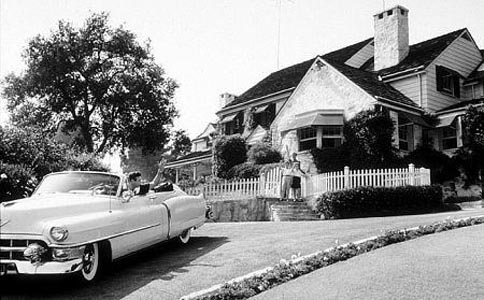

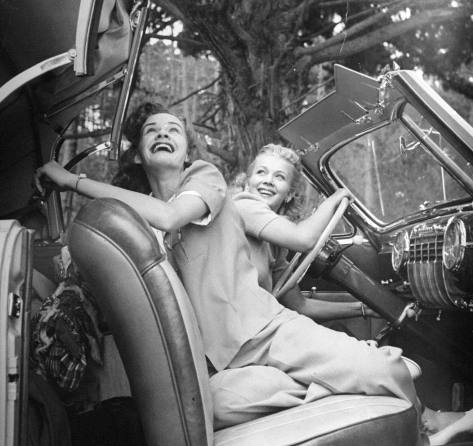
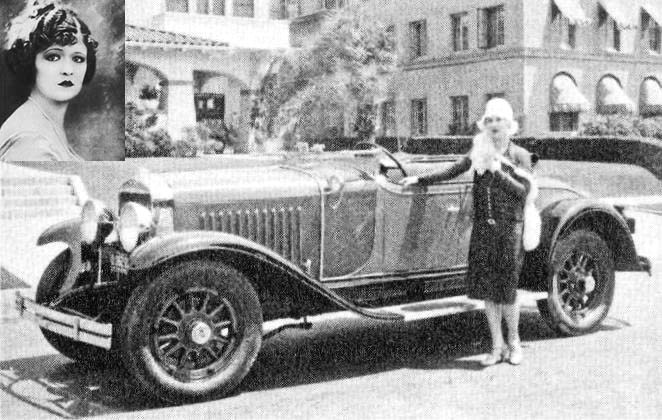
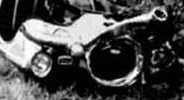
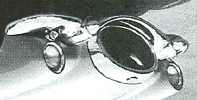
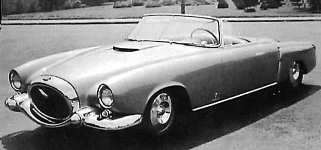
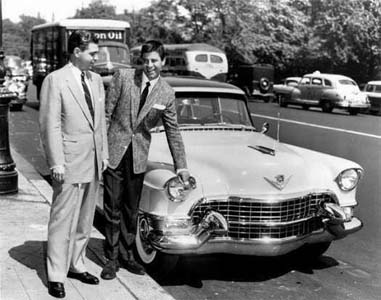
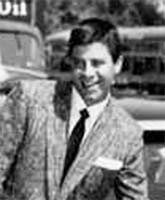
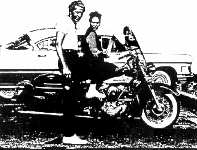
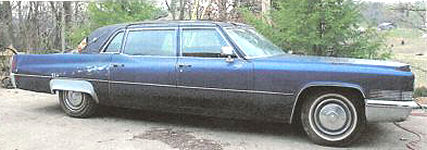
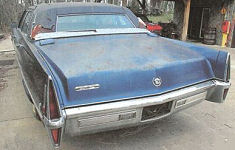
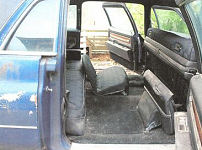
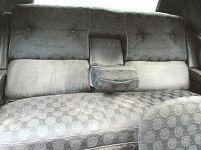
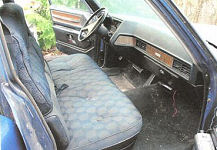


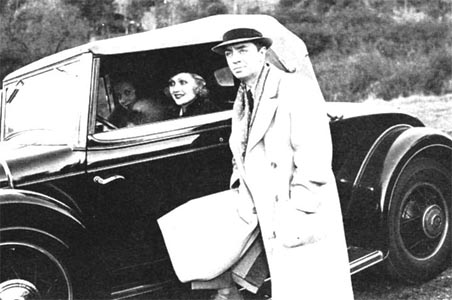
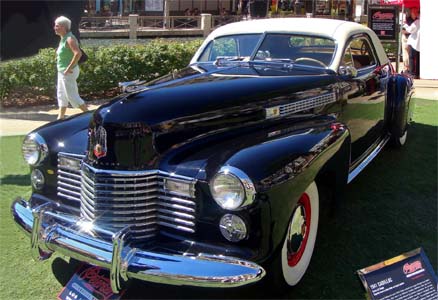
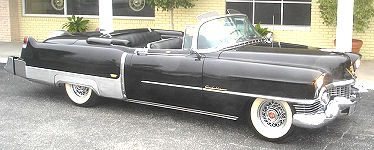
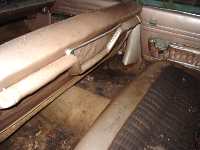
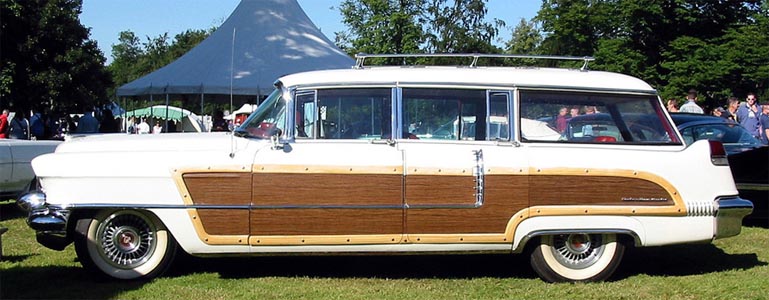
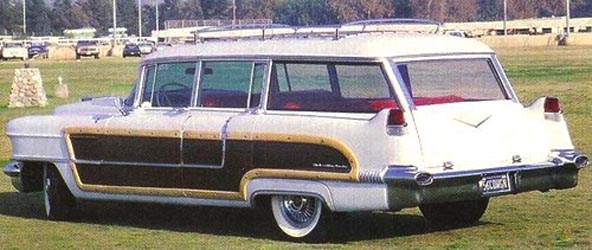
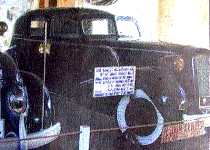
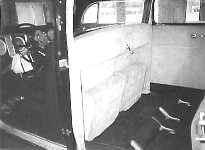

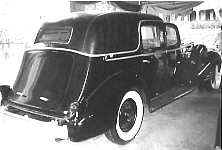
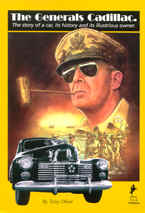
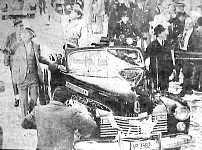
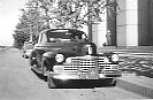

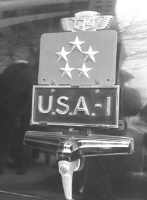
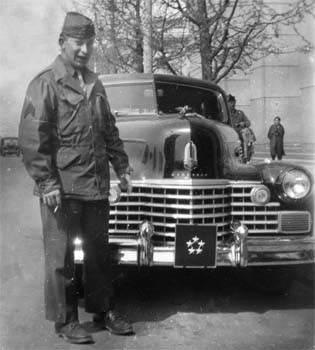
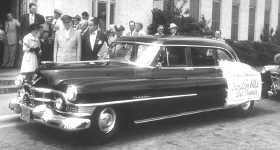
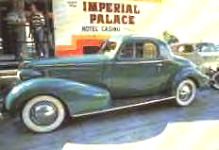

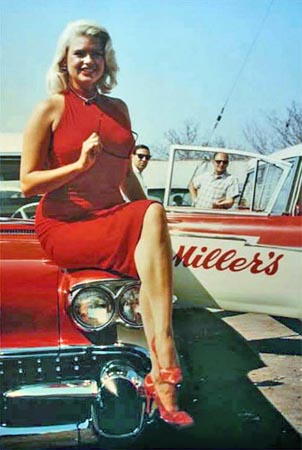
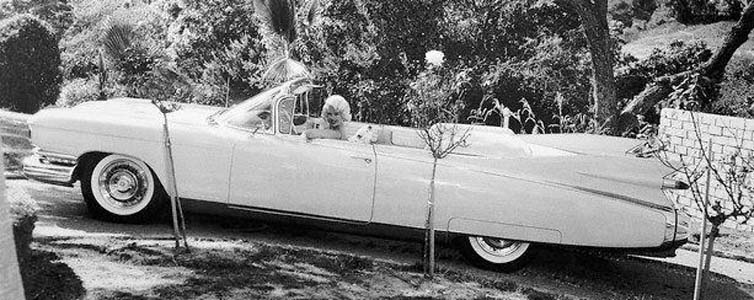

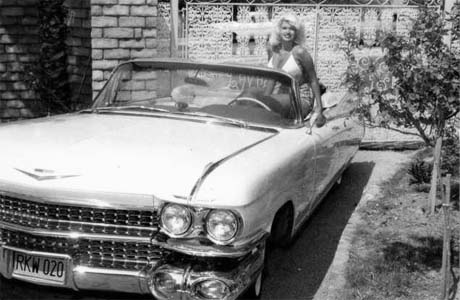
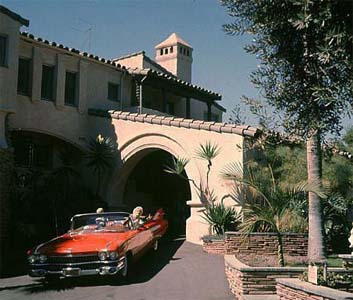

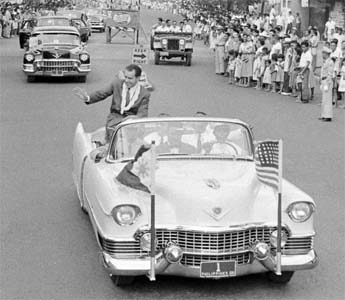
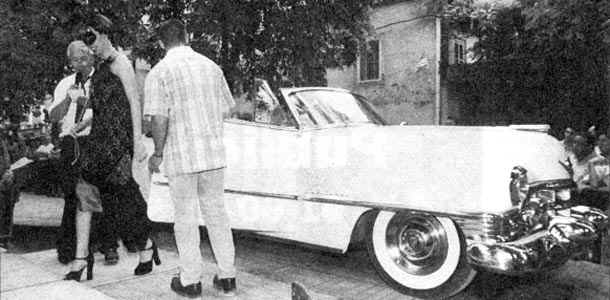
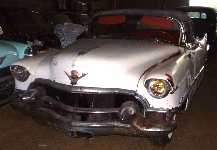
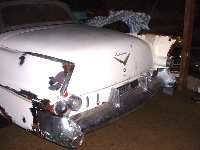
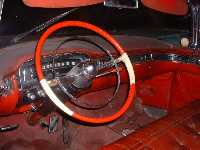

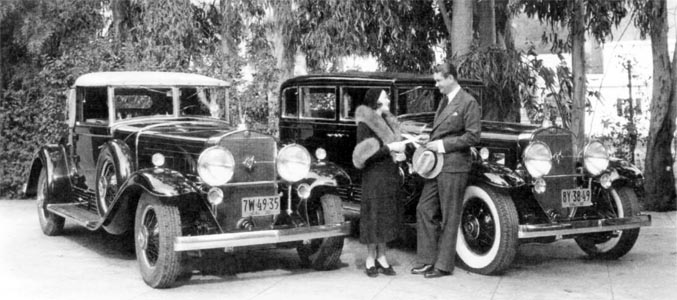
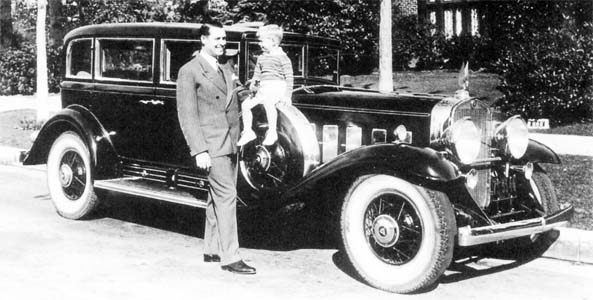
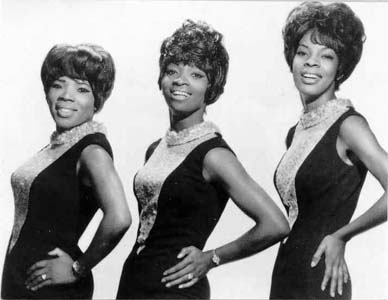
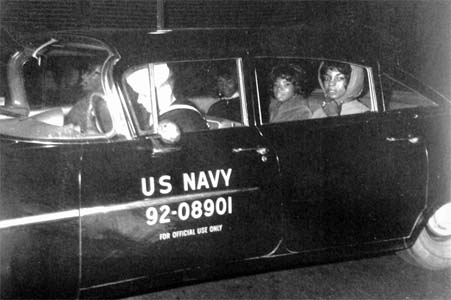
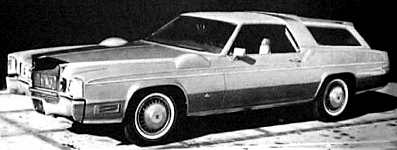
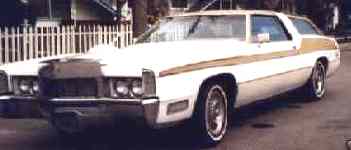

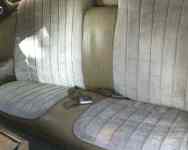
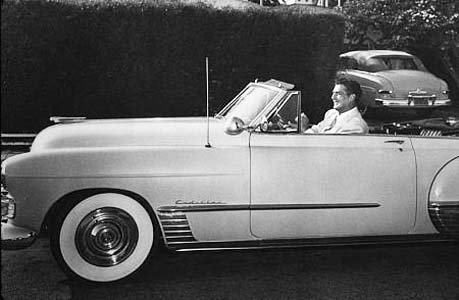
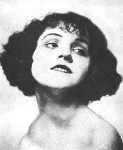
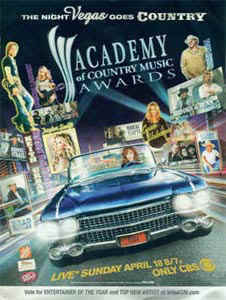
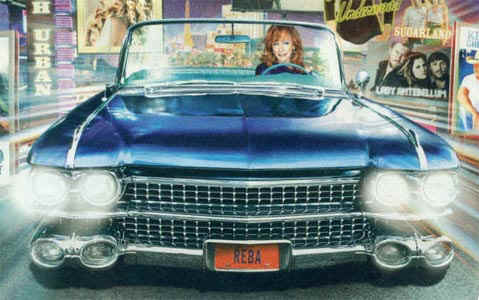
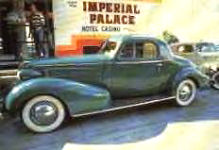
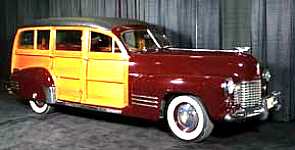
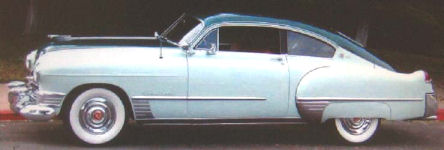
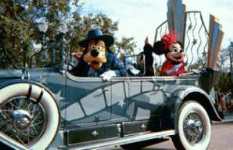
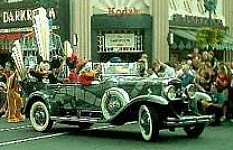
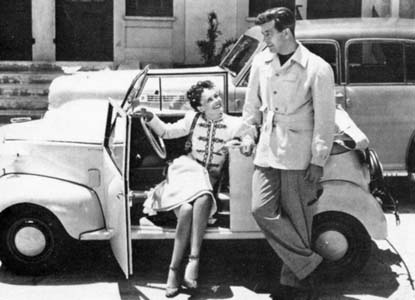
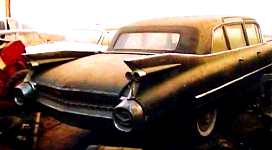

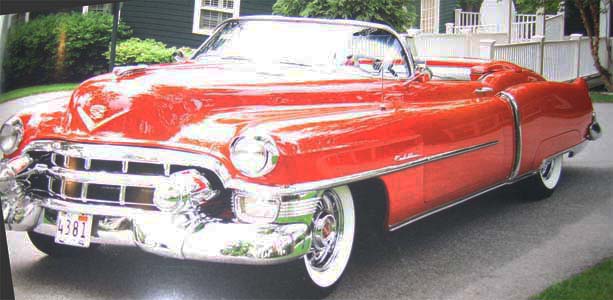
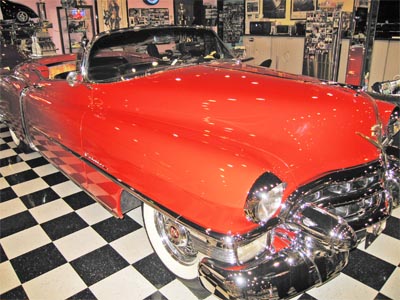
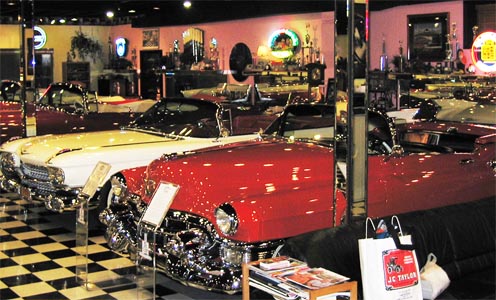
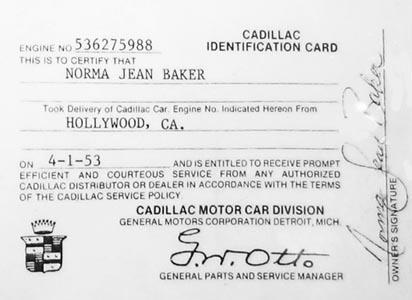
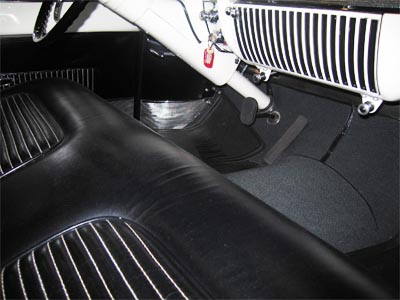
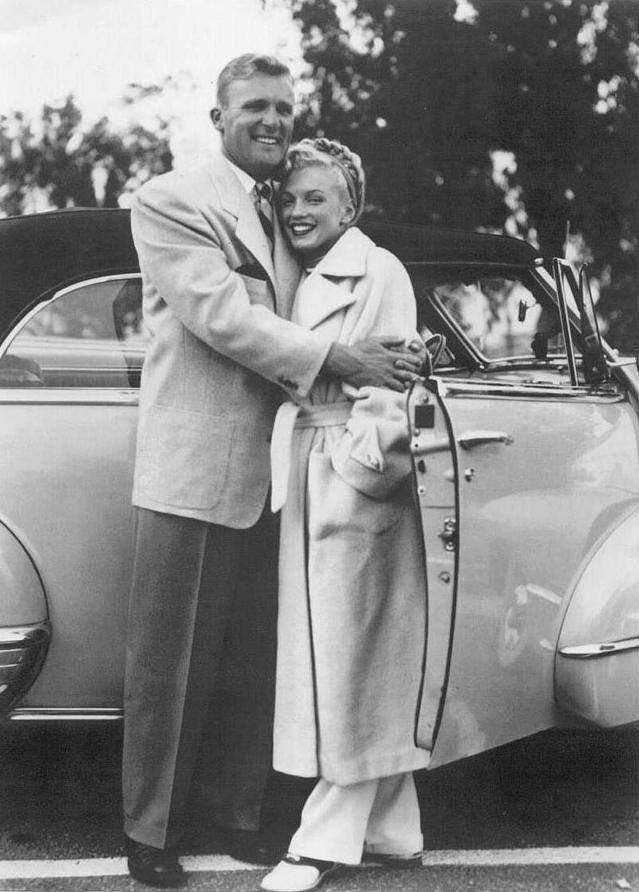
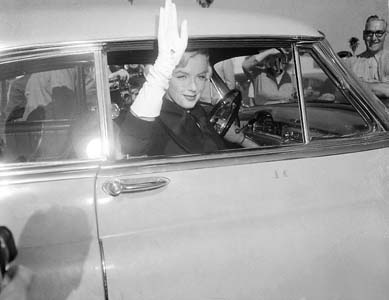
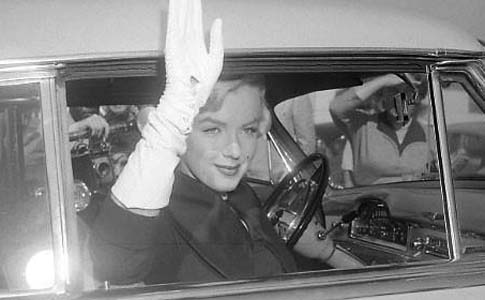
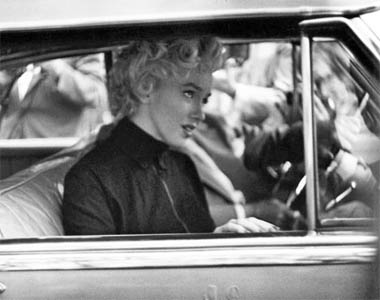
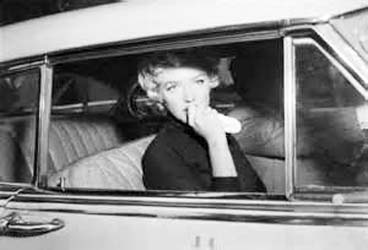

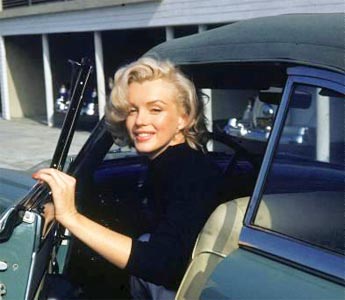
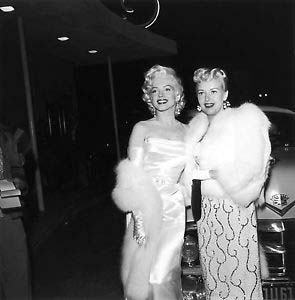


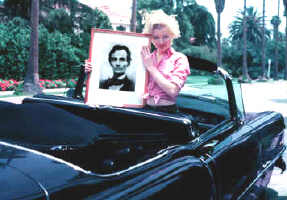


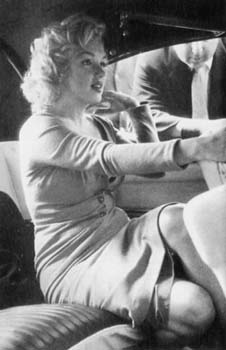
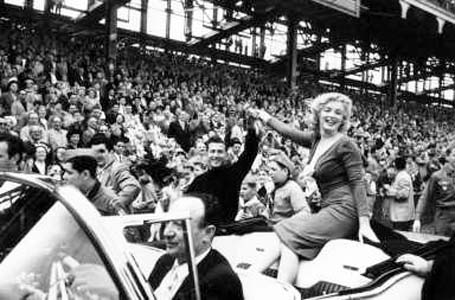
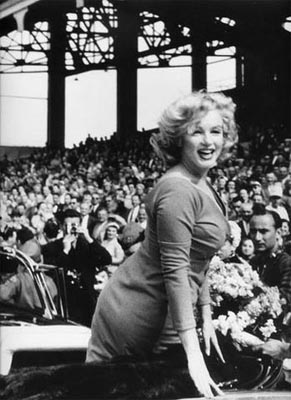
.jpg)
